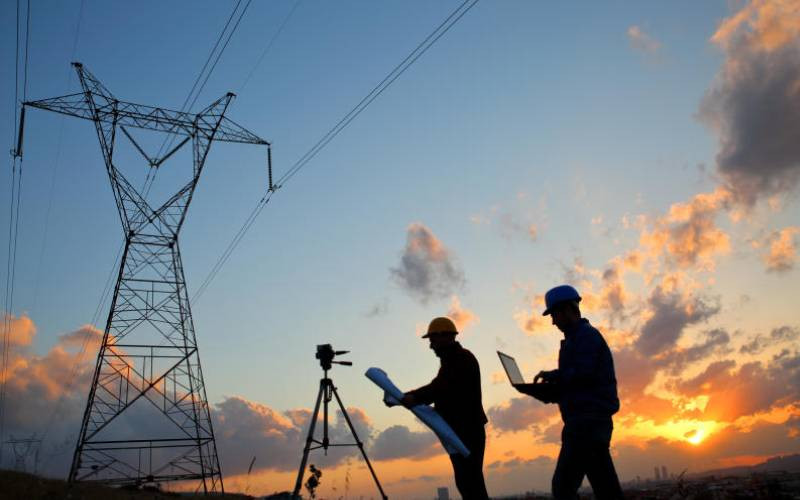Kenya’s electricity generation reached a historic high in August, driven by growing demand from households, businesses, and industries.
The Energy and Petroleum Regulatory Authority (Epra) reported that total units produced and purchased locally stood at 1,291.39 million kilowatt-hours (kWh), the highest level ever recorded in the country’s history.
This surpassed July’s 1,284.28 million kWh, reflecting a steady rise in consumption.
The record output comes on the back of Kenya Power’s strong sales performance earlier in the year, when it sold 1,090.88 million kWh in June.
Data from the Kenya National Bureau of Statistics also shows that monthly sales by Kenya Power crossed the 1,000 million kWh mark for the first time in May.
This has compelled major suppliers, including the Kenya Electricity Generating Company (KenGen), to scale up production to keep pace with the country’s energy needs.
Growth in industrial activity and wider household connectivity have been cited as the main drivers of rising demand.
Energy-hungry sectors such as manufacturing, transport, and construction have stepped up their operations, further straining the national grid.
At the same time, expansion of rural electrification and last-mile connectivity programmes has added more households to the grid, intensifying pressure on supply.
Kenya relies heavily on renewable energy sources, with geothermal and hydropower providing the bulk of electricity, complemented by wind and solar.
While these sources have supported the surge in consumption, the increased uptake has reduced the reserve margin—the backup capacity of the system—to just four percent.
This shrinking cushion has left the grid more vulnerable to outages, forcing the country to import additional electricity from Ethiopia.
Kenya Power has cautioned that if the reserve margin continues to shrink, the country could face power rationing.
Peak demand, measured as the highest load on the national grid within the year, has also been on the rise. It hit 2,177 MW in the year ended June 2024, up from 2,149 MW the previous year and 1,926 MW five years earlier.
The growing evening peak, typically between 7:30 p.m. and 8:30 p.m., is putting further strain on the system.
In the six months to December last year, KenGen contributed 59.94 percent of the total 7,717.61 GWh generated.
Imports accounted for 10.48 percent, followed closely by Lake Turkana Wind Power with 10.24 percent, and Orpower at 5.78 percent.
However, future supply growth has been slowed by a freeze on new power purchase agreements (PPAs), which has blocked construction of new generation plants and renewal of expired deals.

